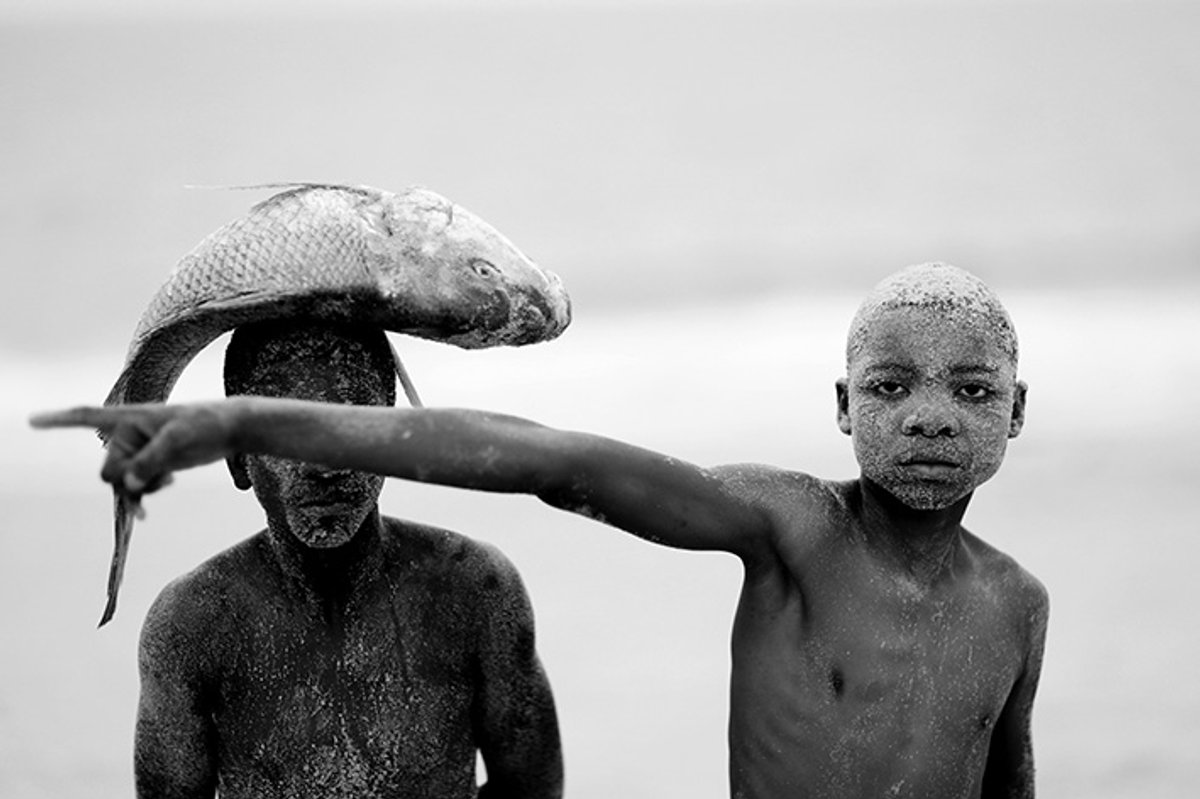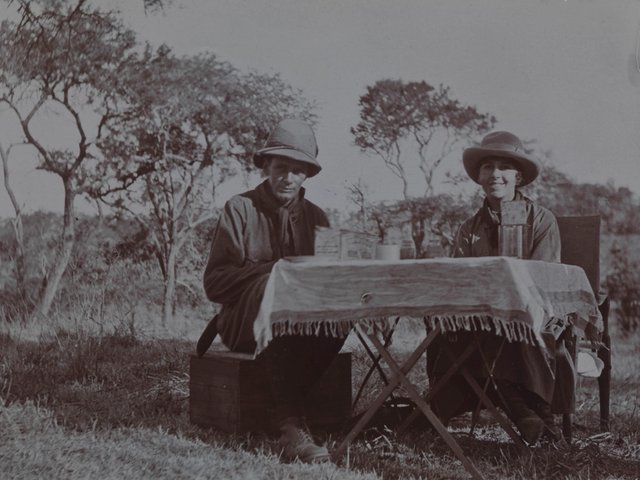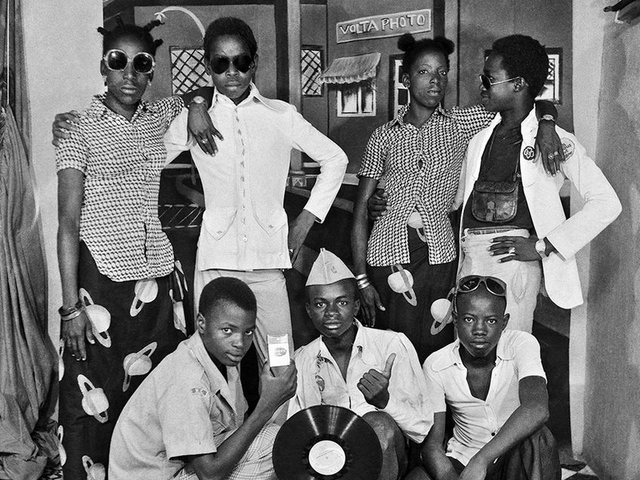African photography delivers some fresh views in a new selling exhibition at The Photographers’ Gallery in London this summer. Presence: Five Contemporary African Photographers (until 28 August), delivers striking images of tangled foliage, decayed grandeur, beach boys and skinny dippers.
The exhibition brings together the work of Nonzuzo Gxekwa and Anke Loots from South Africa, Mário Macilau and Amilton Neves from Mozambique and Léonard Pongo from the Democratic Republic of the Congo. All are under 40. Their work touches, variously, on portraiture, landscape, street photography and abstraction, in unusual ways.
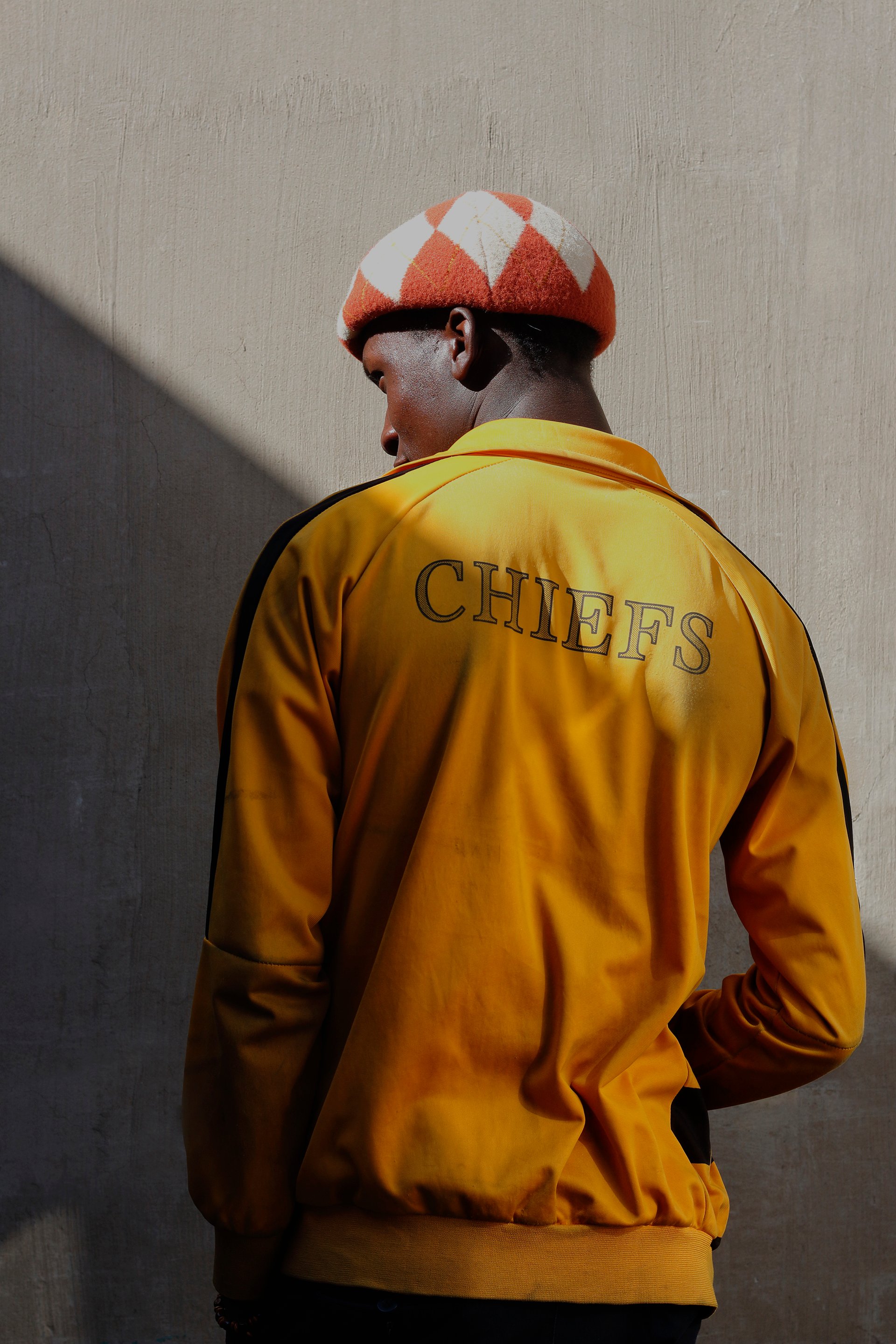
Nonzuzo Gxekwa Untitled (Yellow Jacket, 2020) Courtesy of the artist
Anthony Hartley, the director of the print sales gallery, explains that while it has represented African artists in the past, this is its first dedicated show on contemporary photography from the continent. This, he says, is a reflection of the lack of a structured framework for African artists to promote their work. “Historically, it’s a problem, I suspect, for the whole of the art world. It’s being remedied now, and about time.”
Julie Bonzon, recently-appointed as the head of photographs at Messums Gallery, was brought in as a guest curator. With time on her hands during the coronavirus lockdown, Bonzon founded The Photographic Collective, a not-for-profit enterprise intended to promote lesser-known talents from Africa. At present, the collective includes 24 photographers, selected by an advisory board of artists in Africa.
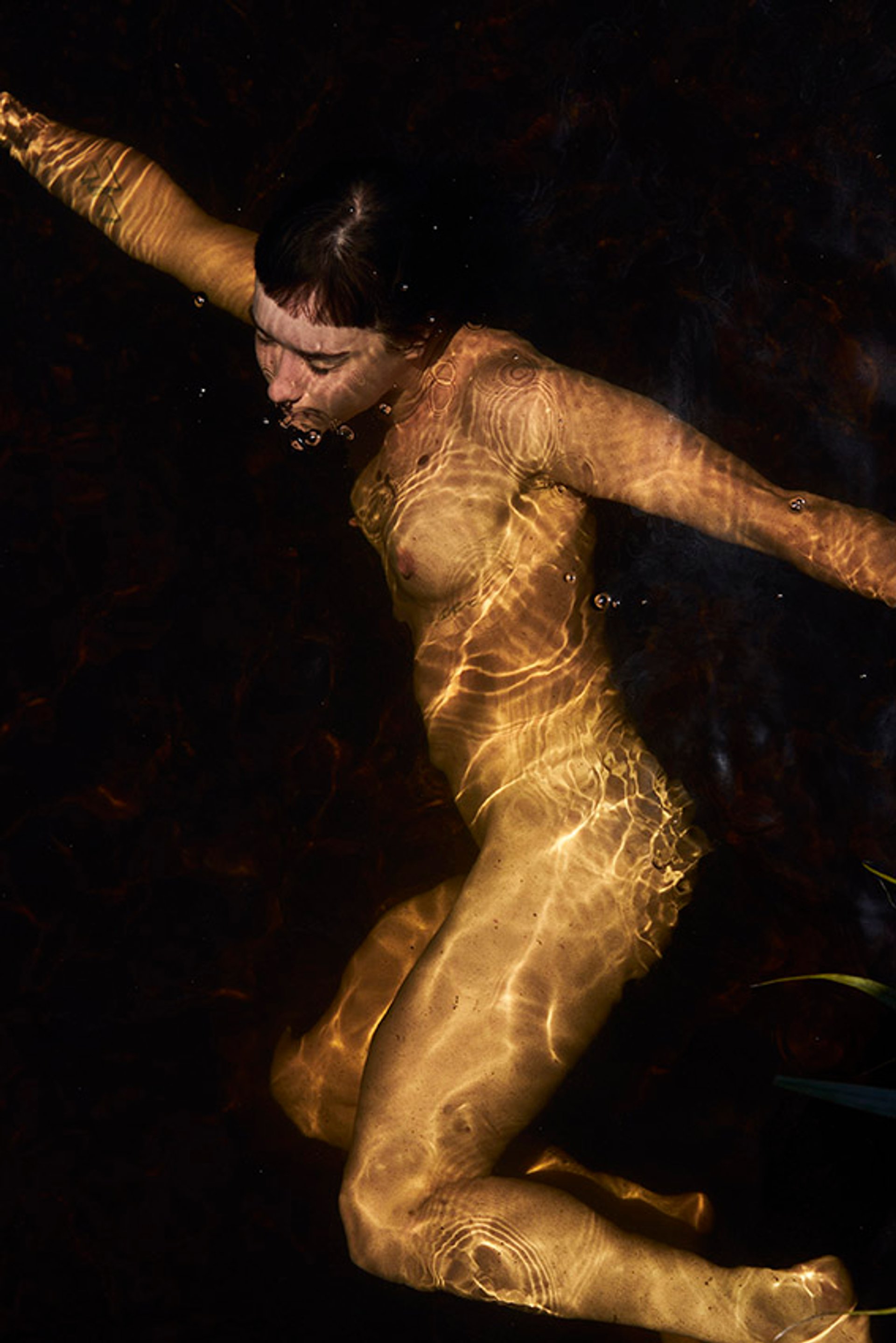
Anke Loots, Dancing, Cape Town (2019) Courtesy of the artist
All of the artists on view at The Photographers’ Gallery are “questioning the way photography is working in Africa and trying to create something a little bit different,” Bonzon says.
The works on view at the Photographers’ Gallery are indeed varied in tone. Gxekwa’s figurative work in Johannesburg harks back to Dutch Golden Age painting; Pongo finds otherworldly landscapes in the dense Congolese undergrowth; in Cape Town, Loots creates colourful shape studies out of clouds, flowers and swimmers. And, in Mozambique, Neves focuses on the community of squatters living in Beira’s crumbling Grand Hotel, while Macilau brings a cinematic monochrome eye to Maputo’s streets and shoreline.


